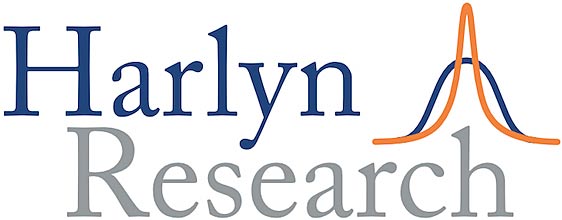Respect the Seasons
Tuesday, April 2nd, 2024Bonds expected to correct before equities
US Equities have been overbought for the last nine weeks, but there have been three longer streaks than this since 2000. Late March is one of two seasonal peaks for expected returns on the S&P 500. Q2 normally produces sub-par but positive returns and the greatest risk of negative returns only comes in Q3. Seasonality also suggests that Treasuries can be weak in Q2, which would fit very nicely with a narrative of only two rate cuts from the Fed in 2024. So even if equities are due some profit-taking, we are reluctant to switch into Treasuries, until they have corrected. We do expect some change in sector leadership, but not a wholesale switch into the laggards. Relative strength and sector persistence data both suggest that leadership will rotate around the top five groups: Financials, Industrials, Technology, Communications and Consumer Discretionary.
PURCHASE ALL ACCESS PASS
Already hold an All Access Pass? LOG IN
